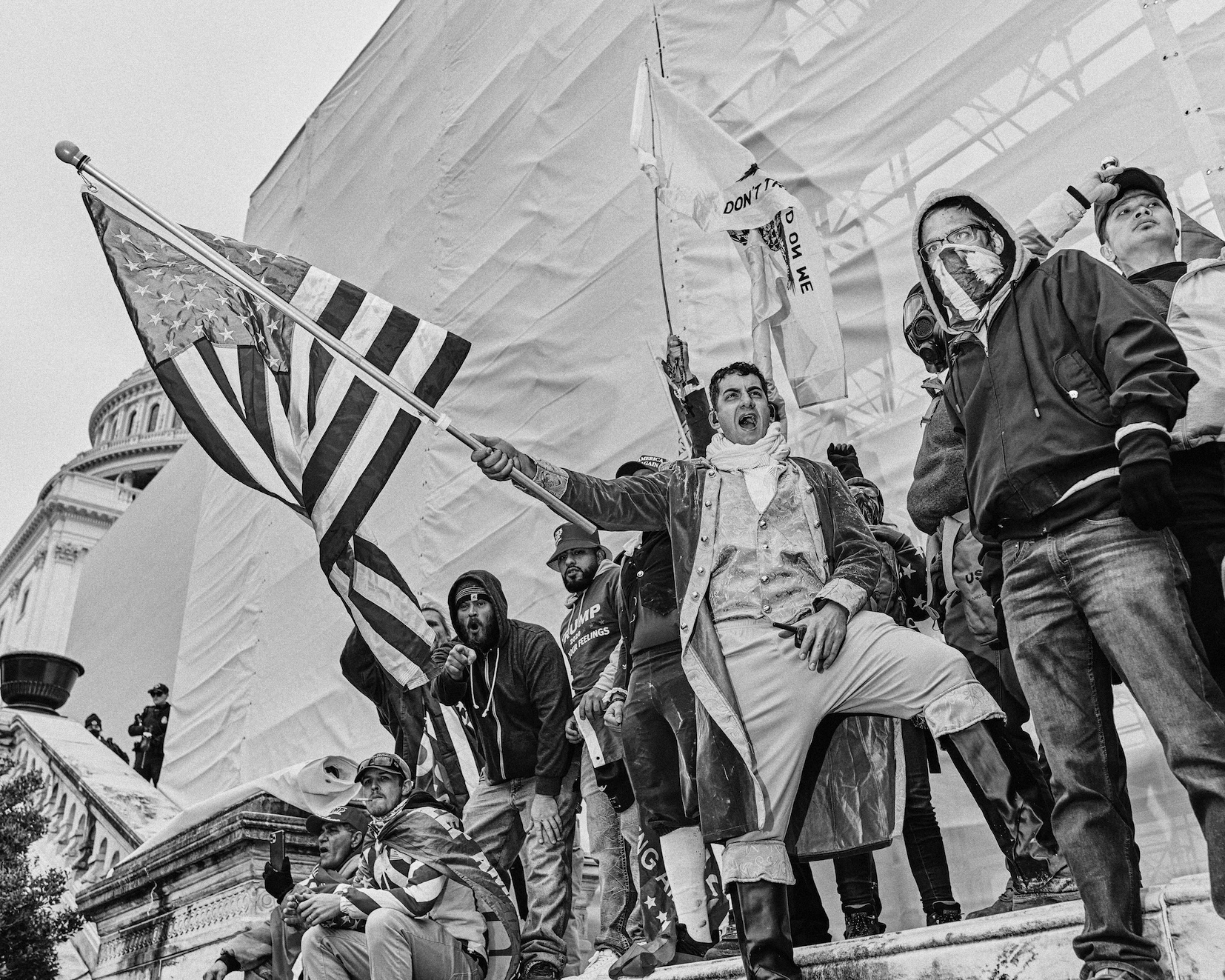This article was created in partnership with Prix Pictet
© Balazs Gardi
For its 11th edition, Prix Pictet delves into a dramatic expression of nature’s wild side and the defining characteristic of our age: Storm. Considering phenomena both meteorological and social, the work produced by this year’s shortlisted photographers acts as a reminder of the fragility and force of our world.
From the climate emergency to war and unrest, the world seems caught in a state of permanent turbulence. And it is this shared condition that is explored throughout the work of the 12 photographers exhibited in Prix Pictet: Storm, presented at Victoria and Albert Museum, South Kensington, some 14 months the theme was announced. The exhibition will go on to tour to Dubai, Tokyo and Zurich over the next six months.
Founded in 2008, the prize is the world’s leading award for photography and sustainability, each cycle focusing on a theme intended to frame urgent issues through the eyes of artists and visual storytellers. With a worldwide network of more than 350 nominators and a jury chaired by Sir David King, the former UK Government Chief Scientific Adviser, it highlights how images can help us better comprehend the forces reshaping our planet. Each of the series in the exhibition was shortlisted from the nominators’ longlist and, presented together, they speak of artists who continue to find new languages of witnessing, resistance and renewal — engaging viewers in ways that photographs of polar bears stranded on ice floes no longer can.
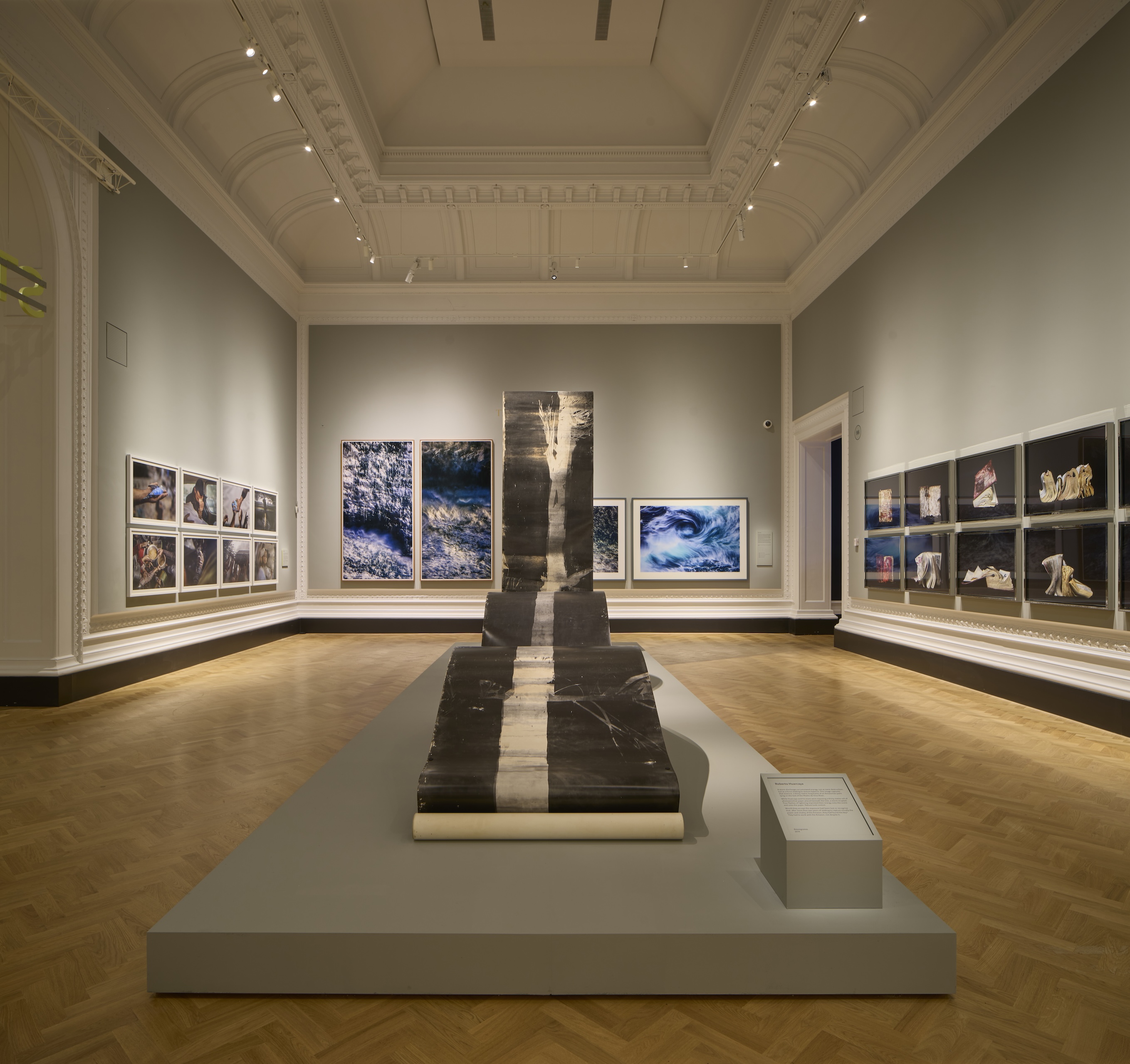
Several of the shortlisted photographers turn directly to the weather for this edition, the literal storms of a warming world. Alfredo Jaar, this year’s laureate (who collected 100,000 CHF, approximately £93,000, at the awards night at the V&A on 25 September), approaches the subject with characteristic restraint. His winning series, The End, depicts Utah’s Great Salt Lake, now reduced by drought and human extraction to what scientists call an “environmental nuclear bomb”. Jaar presents his photographs of the lake’s desolation in prints small enough to demand close attention – a “visual whisper,” as he puts it – transforming environmental catastrophe into quiet lament.
The dialogue between beauty and danger is rendered in elemental form in Luciferines—Between Dog and Wolf, photographs of bioluminescent plankton along Brittany’s Atlantic coast, made by German artist Tom Fecht. These fragile organisms, whose light may soon vanish as ocean temperatures rise, give off an electrical effect only visible at full moon, on the surface of the stormy sea. Fecht’s photographs capture this effect from above, rendering a literal and metaphorical eye of the storm.
Similarly, Roberto Huarcaya’s Amazogramas surrenders authorship to nature: long strips of photosensitive paper exposed in the Amazon jungle during a lightning storm, in which flashes of electricity etched imprints. Both Huarcaya and Fecht encourage natural forces to become the camera’s collaborator, fusing art and environmental record.
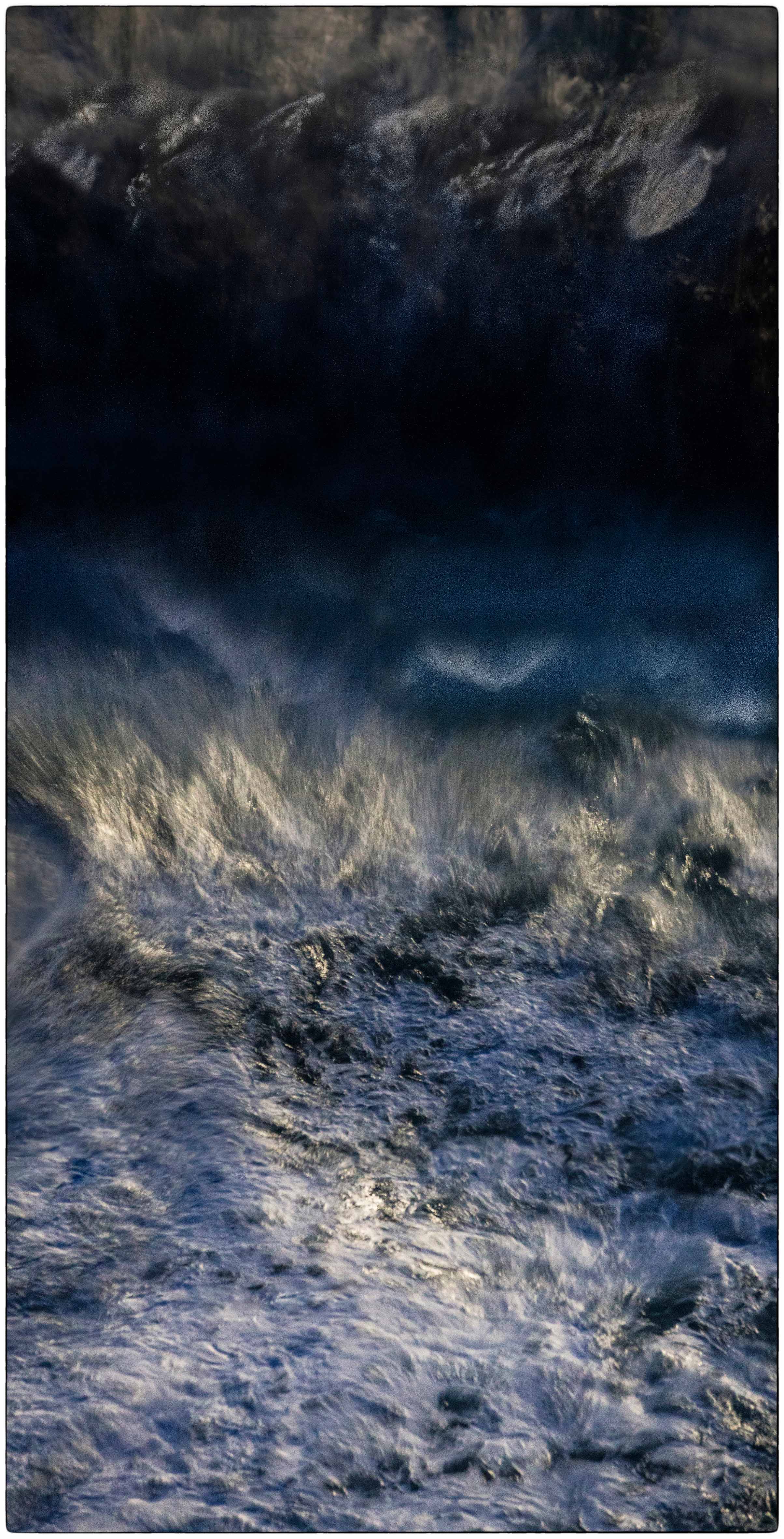
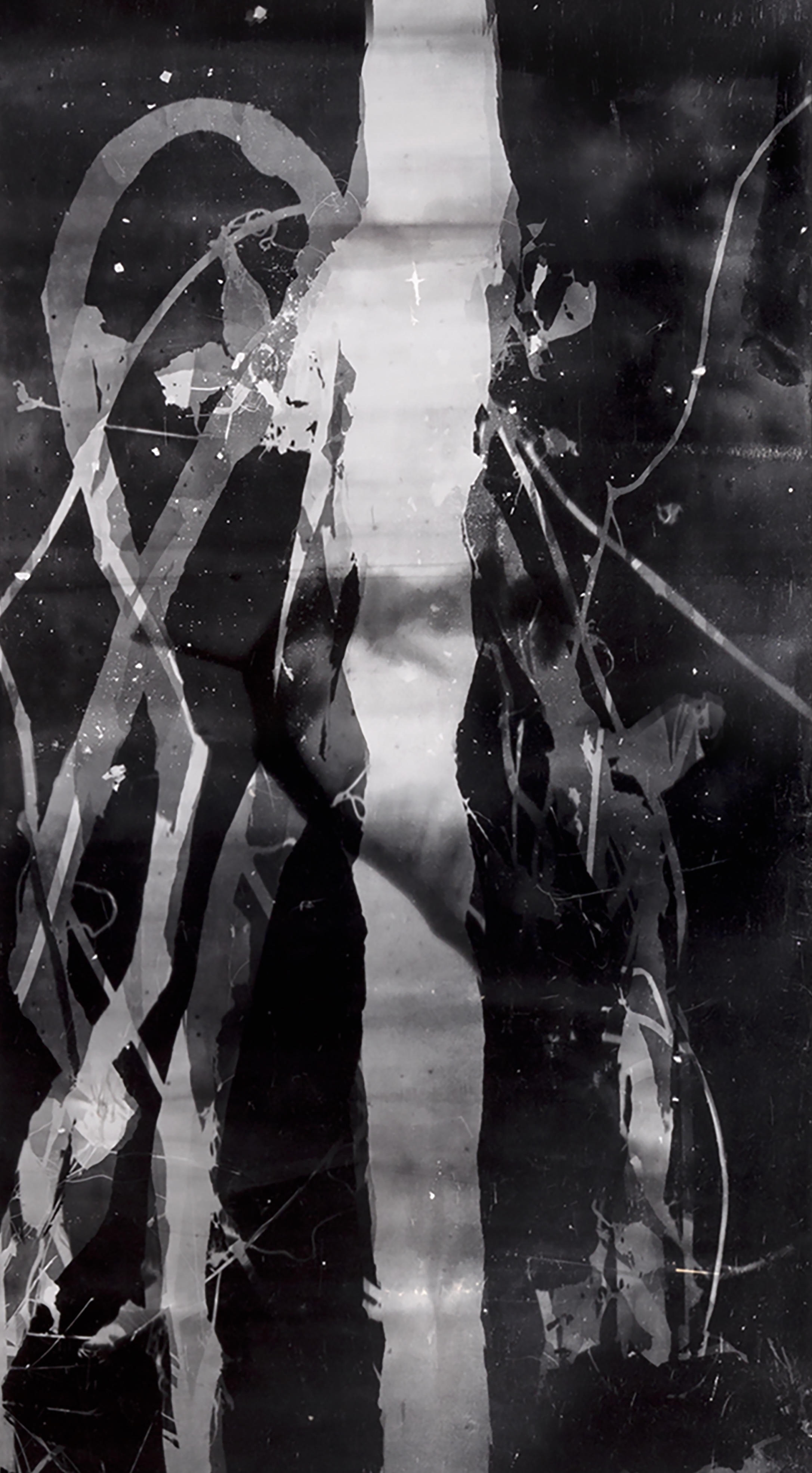
Elsewhere, photographers reflect on the shifting thresholds of landscape and memory. In the Italian Alps, Marina Caneve considers the Dolomites’ vulnerability to future floods and landslides in a repeat of the hydrogeological devastation experienced in 1966. Are They Rocks or Clouds? hovers between evidence and poetic uncertainty, anticipating rather than documenting disaster in the artist’s home region.
Sixty miles away, fellow Italian Patrizia Zelano turns to Venice, rescuing waterlogged antique books from the great floods of 2019 to create Acqua Alta a Venezia, an elegy to knowledge and regeneration. Camille Seaman’s The Big Cloud captures spectacular supercell thunderstorms across the American Midwest, monumental formations that embody both the sublime and the terrifying. Each image feels like a portrait of power, nature’s capacity for creation and annihilation intertwined.
Across these projects, the camera functions less as an analytical tool of control than as one of reverence. The works document a planet heading towards breaking point, but also affirm the possibility of collaboration. But if these series face outward, others confront the political and environmental storms that define contemporary life.
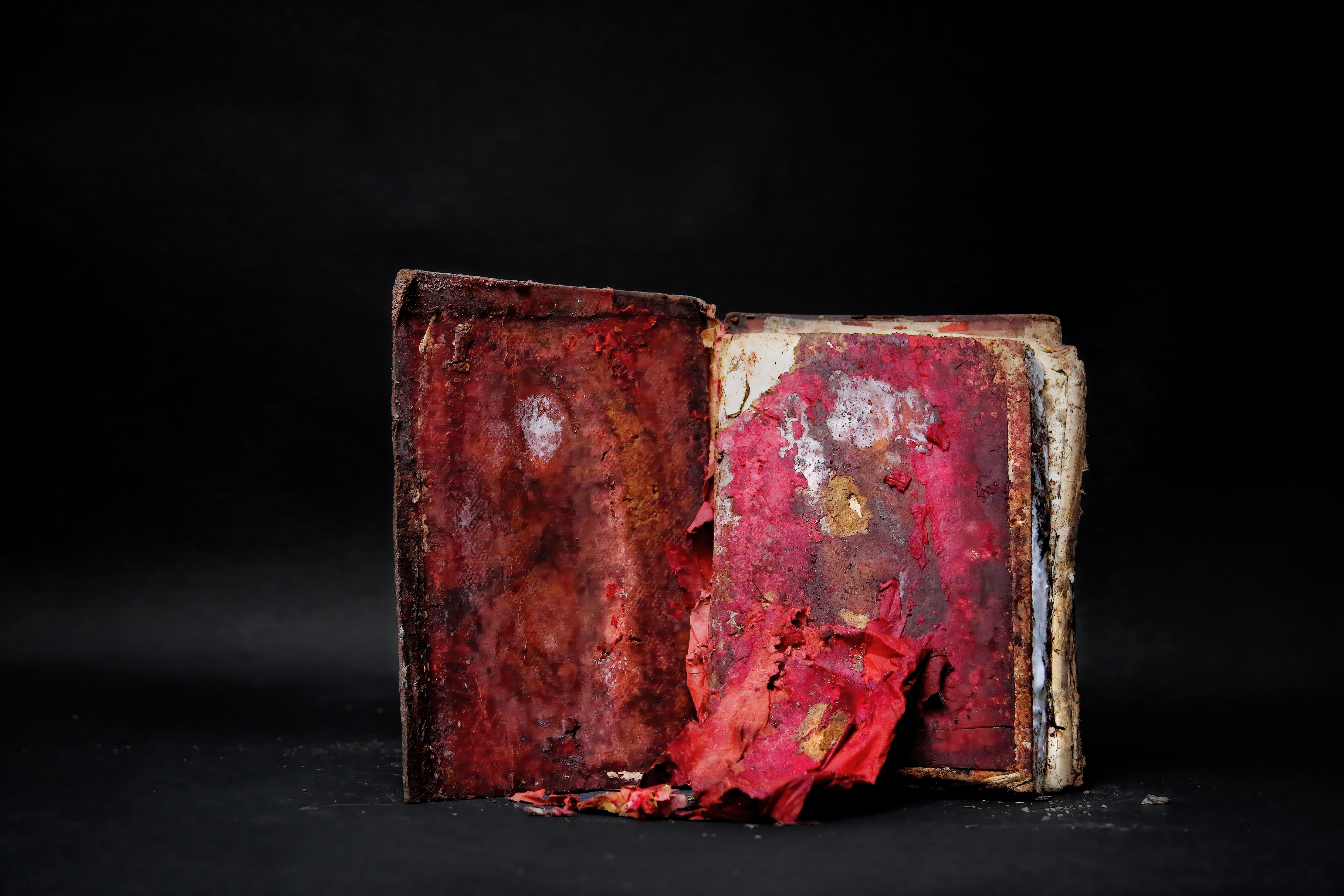
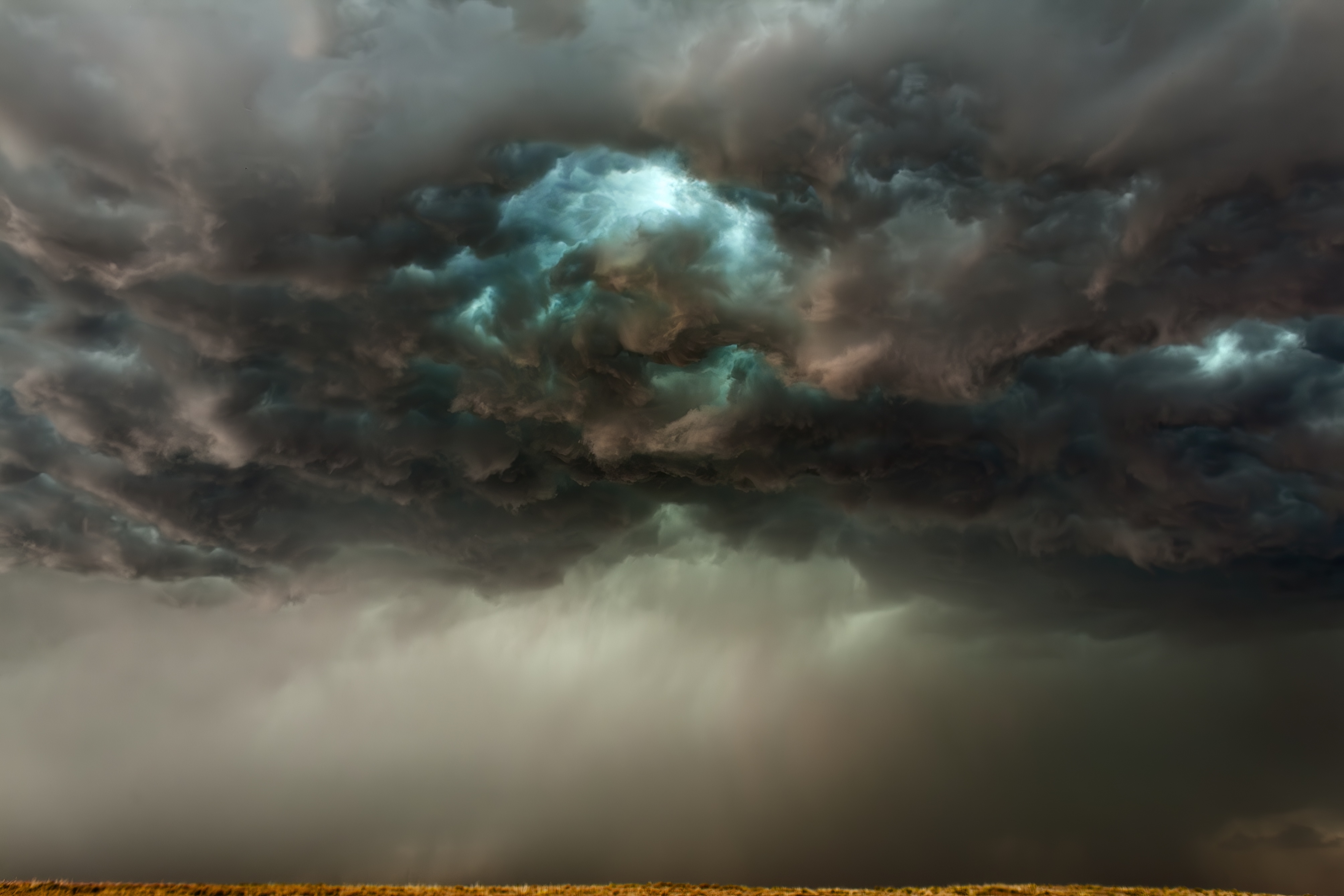
Balazs Gardi’s The Storm traces the assault on the US Capitol on 6 January 2021, depicting the collapse of civic order as a kind of meteorological event. In his images, smoke, dust and flags merge into a single, unsettled atmosphere. Gardi sees the episode as a warning, about the ease with which democracy can descend into chaos. In Gaza, Belal Khaled transforms devastation into testimony. Living in a tent outside a hospital after his home was destroyed, he began to photograph hands – those of survivors, rescuers, mourners. Hands Tell Stories becomes a study in endurance, each gesture a fragment of collective grief.
Laetitia Vançon’s Tribute to Odessa turns attention to Ukraine, portraying the defiant normalcy of daily life in a besieged city. Children swim, couples embrace, the theatre opens its doors in acts of quiet resistance that assert continuity amid war. In the Republic of Congo, meanwhile, Baudouin Mouanda’s Seasonal Sky revisits the floods of 2020 through collaborative re-enactments with locals. The result is both document and performance, a way of restoring dignity to experience by retelling it.
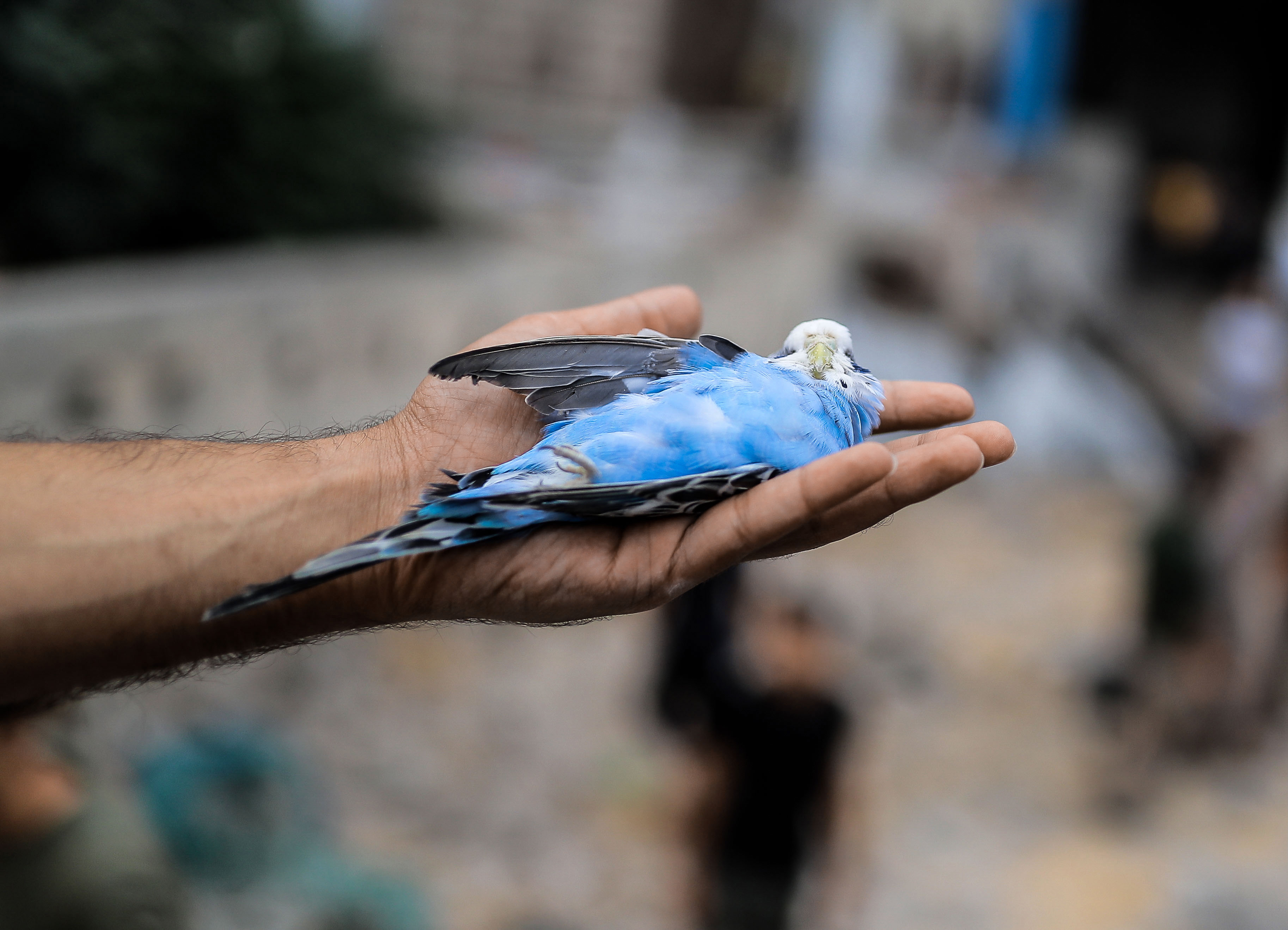
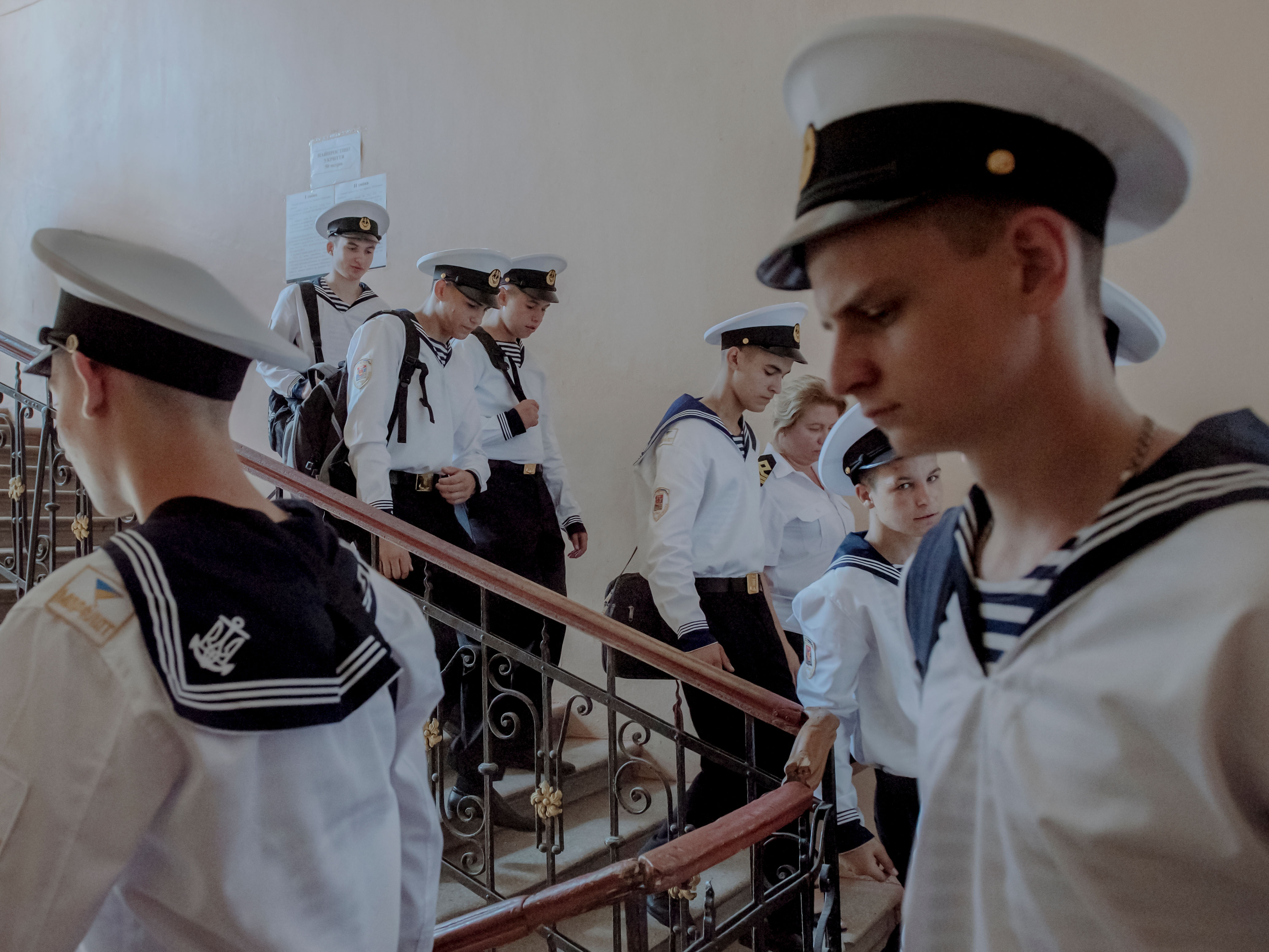
These photographers work at human scale rather than spectacle, engaging with conflict and catastrophe but avoiding journalistic urgency. Rather they depict – or call for – moments when communities must work together. For Swedish artist Hannah Modigh, the storm moves inward. Hurricane Season, set in Louisiana, traces the psychological residue of violence and poverty, when fear and anger circulate like invisible weather systems. Her muted portraits evoke both intimacy and unease, capturing the sense of a society perpetually on the verge of breaking.
A similar interiority shapes Takashi Arai’s Exposed in a Hundred Suns, composed of hundreds of small daguerreotypes of nuclear sites in Japan and the Pacific. The silvered surfaces of his images seem to hold ghosts of radiation – a meditation on unseen histories and the lingering storms of the atomic age.
Following its presentation at the V&A until 19 October, Prix Pictet: Storm will travel to the Ishara Art Foundation, Dubai (17 October – 13 December), the TOP Museum, Tokyo (12 December – 25 January 2026), and Luma Westbau, Zurich (6 March – 5 April 2026). A publication by Hatje Cantz accompanies the exhibition.

